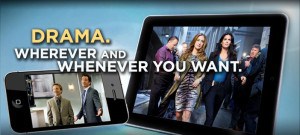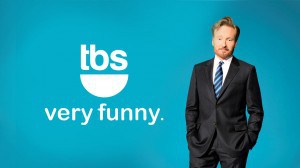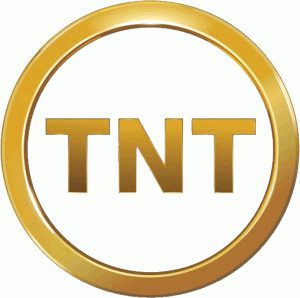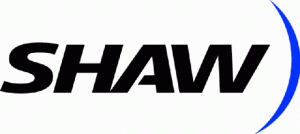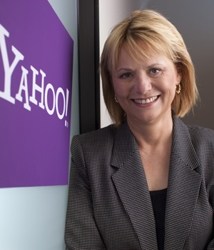 If you are a Comcast/Xfinity customer, are you still paying for anti-virus and security tools? If so, Comcast may be able to save you some money, assuming you value the services they bundle with your broadband subscription.
If you are a Comcast/Xfinity customer, are you still paying for anti-virus and security tools? If so, Comcast may be able to save you some money, assuming you value the services they bundle with your broadband subscription.
Some customers first become aware of Comcast’s Constant Guard security protection suite after receiving e-mails warning they may have been infected by a bot or other malware. Comcast has actually been providing some form of this service to customers since 2009, but many are completely unaware of the service, which includes free anti-virus software from Norton.
Comcast’s security alert e-mails usually don’t directly identify a misbehaving computer. Instead, the company obtains lists of compromised IP addresses from third party security vendors who track botnets and other illicit computer crime. When a Comcast IP address can be tracked back to a customer, Comcast can send an e-mail to that customer alerting them to the possibility they are running a compromised PC.
![]() One major problem is that recipients of these e-mail messages often suspect they are phishing messages not actually sent by the cable company, and a number of them forwarded to Gmail e-mail accounts end up in the spam folder. But, in most cases, they are actually legitimate Comcast e-mails.
One major problem is that recipients of these e-mail messages often suspect they are phishing messages not actually sent by the cable company, and a number of them forwarded to Gmail e-mail accounts end up in the spam folder. But, in most cases, they are actually legitimate Comcast e-mails.
 Comcast advises customers to download their Constant Guard security suite to identify and remove potential threats from their computers. The suite is free for Comcast customers and includes:
Comcast advises customers to download their Constant Guard security suite to identify and remove potential threats from their computers. The suite is free for Comcast customers and includes:
- Norton Security Suite: Provides protection that helps guard against identity theft, viruses, hackers, spam, phishing and more. It also includes parental controls to help keep your kids safe online.
- Secure Backup & Share: Securely backup and share your valuable files, like photos. (2 GB storage included at no additional charge. Remember the 250GB monthly usage cap!)
- Desktop Applications: The Comcast Toolbar includes anti-spyware, network-embedded anti-spam and anti-virus technologies brought to you through partnerships with Bizanga, Cloudmark®, Goodmail CertifiedEmail™, and Return Path. In addition, Comcast uses up-to-date blocklists from Spamhaus and TrendMicro to help reduce and guard against unwanted spam.
- Proactive Bot Notification: As a new feature of the Constant Guard service, Comcast may email a “Service Notice” to your Comcast email address if they believe one or more of your computers may be infected with a type of virus called a Bot. A Bot is a malicious form of software that could use your computer to send spam, host a phishing site, or steal your identity by monitoring your keystrokes.
Considering it’s free, it may be worth a try. Comcast customers can obtain the software and additional information from the Constant Guard website.
[flv width=”640″ height=”380″]http://www.phillipdampier.com/video/Comcast Constant Guard.flv[/flv]
Comcast demonstrates Constant Guard’s password and credit card-saving features. (4 minutes)


 Subscribe
Subscribe
